NanSports > Basketball > Strengthen Durant and DFS! Can the Rockets solve the offensive space problem once and for all in the new season?
Strengthen Durant and DFS! Can the Rockets solve the offensive space problem once and for all in the new season?
In Game 7 against the Warriors, the above round reveals all the questions about the Rockets' offensive style, how the defense stifles them, and why the shooting ability - the Rockets just supplemented it - remains a valuable asset in today's game.
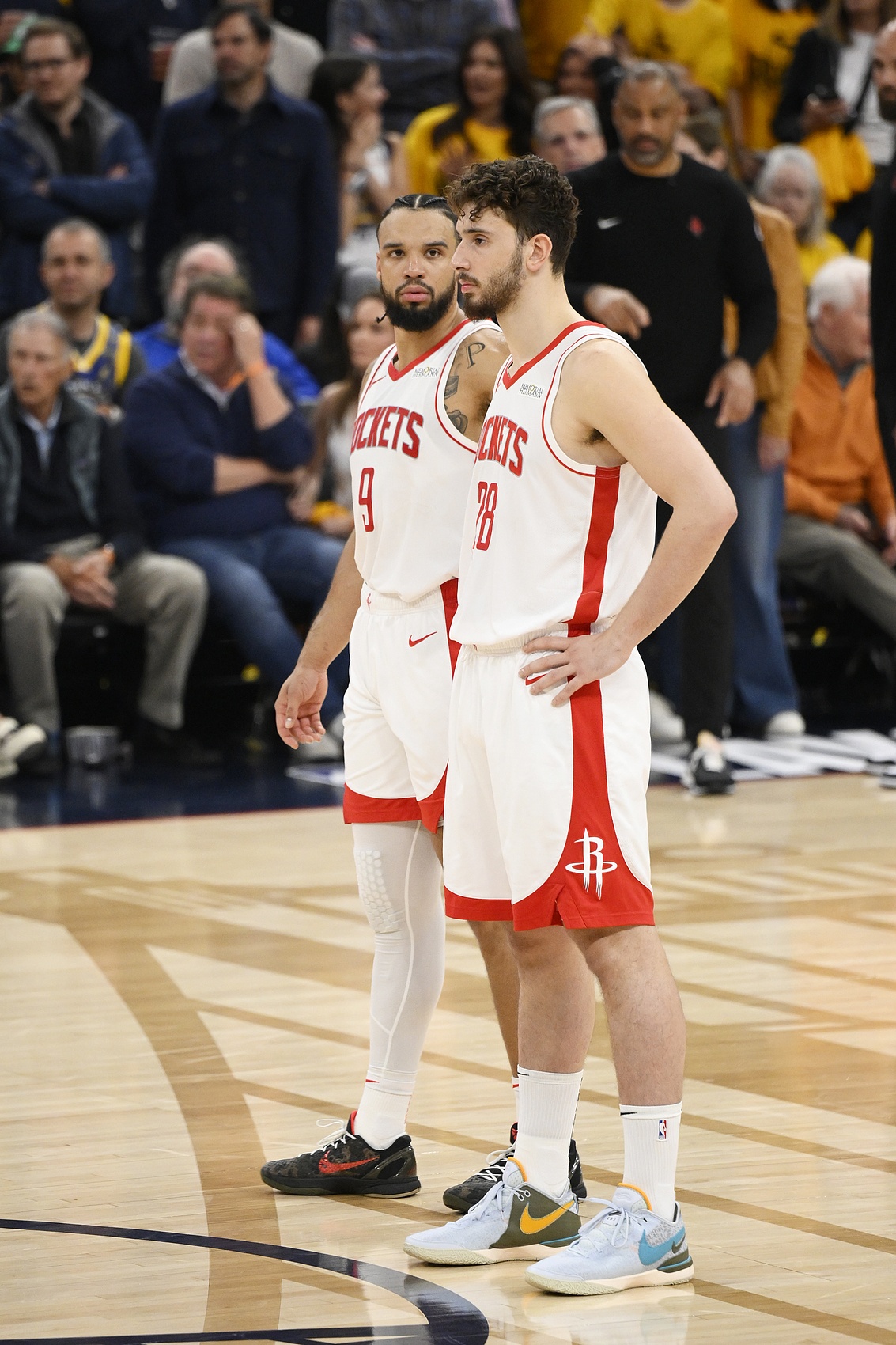
In the Rockets' opening tactics, they let Jaylen Green launch an offense and used Dillon Brooks to cover Alperen Shinkin, while the Warriors easily used joint defense. Amen Thompson, who shot less than 30% of the three-point shooting percentage this year, was placed in the bottom corner. Shin Kyung, who hits only 23.3% in three-point shooting percentage this season, is not threatening at the top of the arc, and his space for cooperation with Green is too small to have a real impact. The result of this offense was that Shin Kyung made a hasty move, grabbed the rebound, and then made a mistake. A typical Rockets-style offense.
In this knockout game, the Rockets made only 5 of 17 three-pointers, scoring only a bad 78.0 points per 100 half-time offensive leg. The Hornets, which ranked last in the league in this data during the regular season, also scored 90.0 points per 100 rounds. The management of the team is very clear within the management of the team that this team already has excellent defense needs to make a big improvement on the offensive end, rather than relying solely on bullying the opponent on offensive rebounds. In any trading plan involving Green and Brooks, who have now left the team, the Rockets want to introduce players who can open up the space. These two are the main firepower of the Rockets' three-point shooting line. Their average three-point shootings are ranked first and third in the team respectively, and their shooting percentage is also ranked among the top six. With the arrival of Kevin Durant and Dorian Finney Smith, the Rockets can be one of the league's most efficient offensive and deadliest teams in the mid-half.
Let's start with Durant. Despite the chaos of the Suns last season, they are still the top 10 teams in the half-time offense, which is a miracle, thanks to Durant and his stability even at the age of 36. According to Cleaning the Glass, the Suns' offensive efficiency is 6.2 points higher than their opponents when Durant is on the court, an impact that exceeds 90% of the league's players. Durant's team's effective shooting percentage will increase by nearly 6 percentage points, which is the same trend for every team he has played for. With better players around, Durant should make the Rockets' data soar. On paper, an all-round scorer partnered with a dynamic strongman and a low-post player from a high-ball merchant, which is a seamless cooperation.
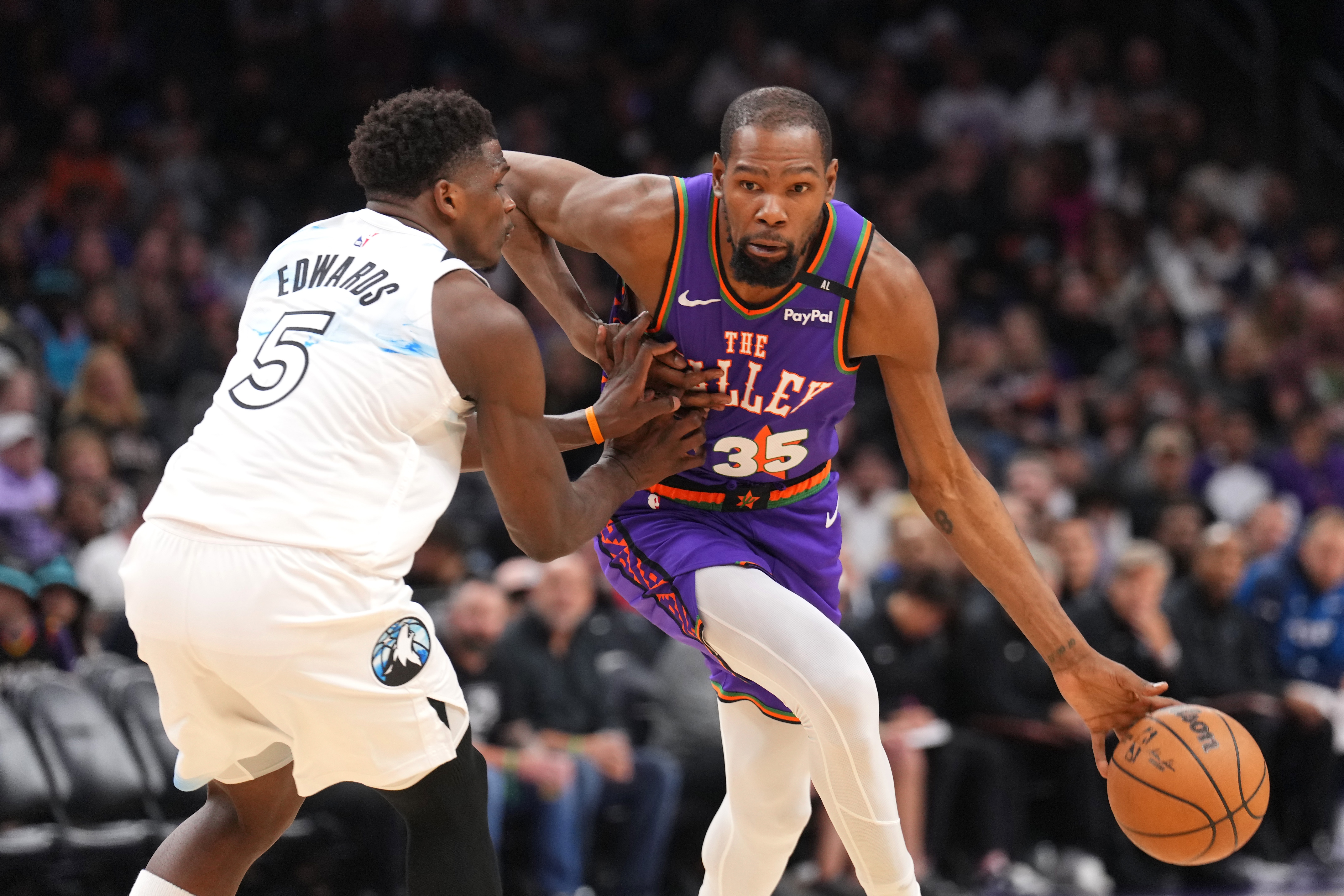
This does not mean there is no pain in the running-in period, especially in the early stages of training camp and regular season. It can be foreseen that the Rockets will have a natural adjustment period, because a team used to equal offense opportunities must now revolve around a large number of players holding the ball. Every season of Durant's career, he has used more than at least 93% of the players. There are very few top players who suddenly change their playing style overnight at the age of 36 - which means that Shin Kyung, Fred Van Villet, Thompson and others will have fewer touch opportunities. But the potential rewards of this trade-off can be huge.
Last season, 77% of the Rockets' three-pointers came from the top of the arc, similar to Durant's shooting distribution (76%), with his astonishing 40.8% shooting percentage in the area. Although the bottom corner three points are the shortest distance and the most efficient outside line, the Rockets are not the kind of team that designs tactics to attack specifically from these areas.
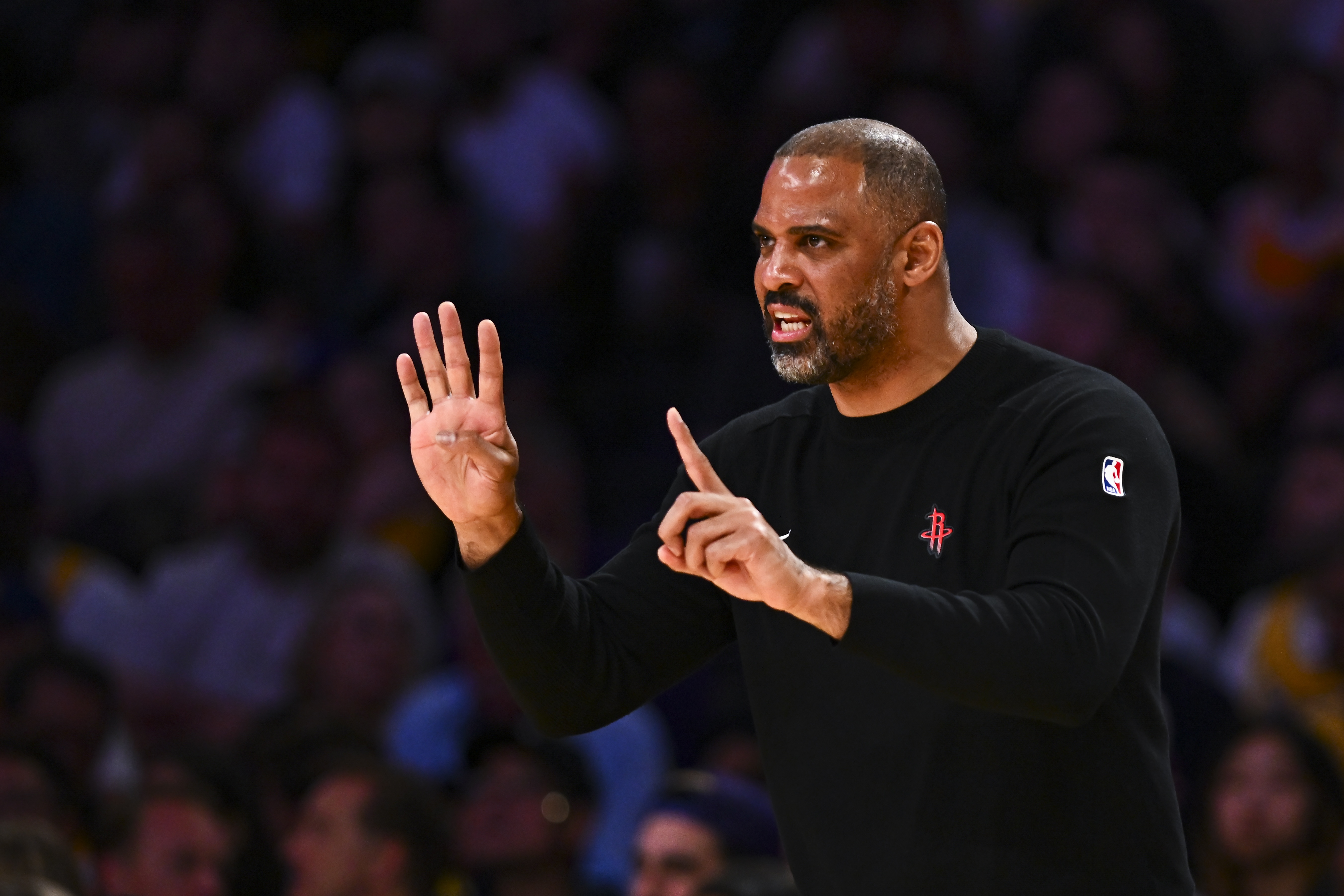
During these two offseasons where Ime Uduka coaches the Rockets, his coaching team will hold coaching seminars, where everyone will gather for a week-long brainstorming, exchange ideas with each other, and watch hours of videotapes of opponents and games in different leagues. This offseason, improving the Rockets' tactical arrangement to deal with joint defense and creating offensive space have always been a key area of focus.
And here we don't need to create something new out of thin air. In the fast offensive tactics on the strong side, Durant is used as a cover and let him cut out, while an inside player covers him to ensure that Durant has enough space. Such a tactic can easily work for the Rockets. This is a clever variant of the Spanish pick-and-roll and should be heavily used next season.
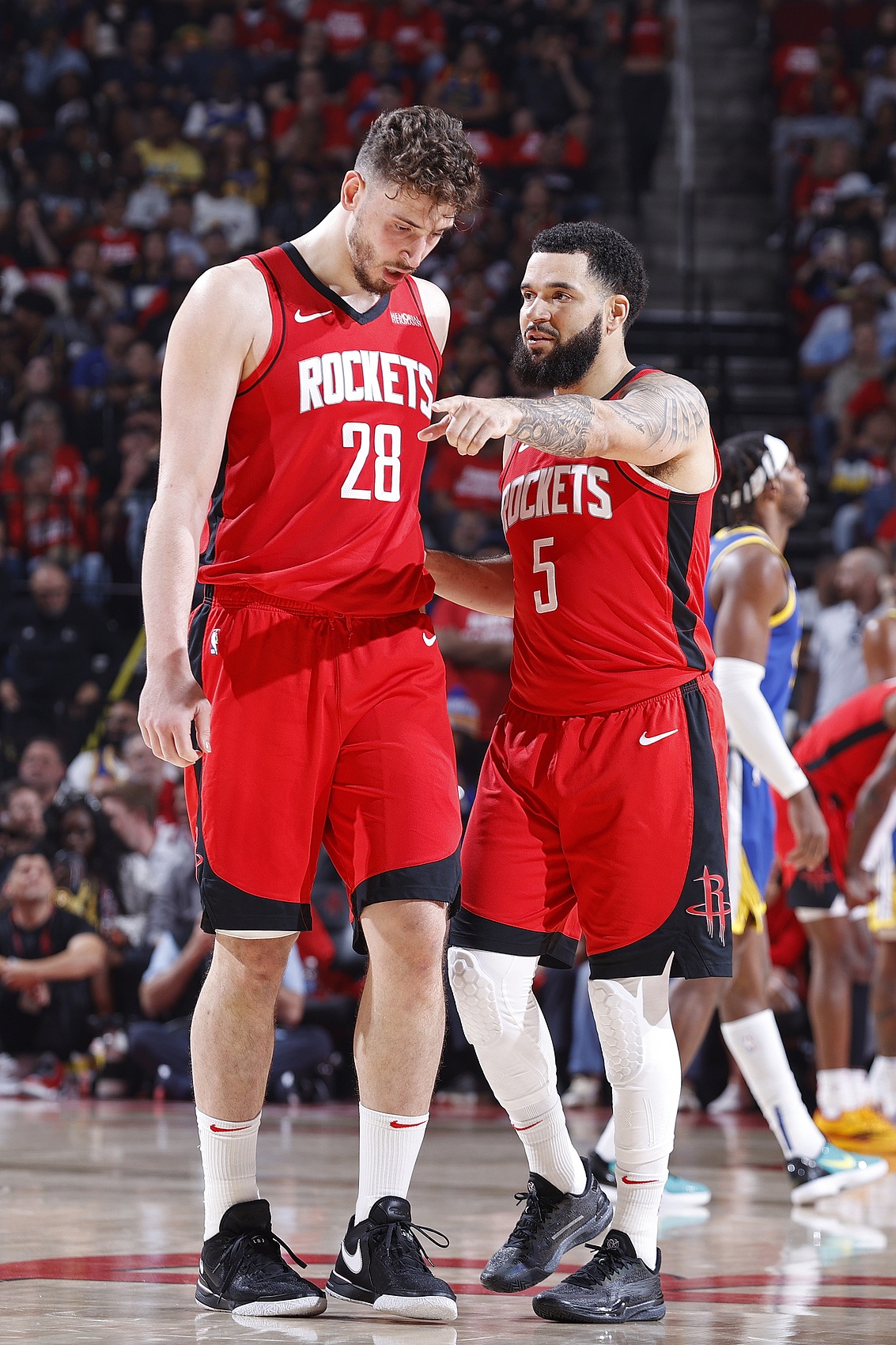
The Rockets like to use Van Vreet as the cover. He is one of the best defenders in this regard, but it is one thing to create a chance to switch defense for Shin Kyung who plays back and forth in a low post. It is another matter to create an open space for a Hall of Fame-level sharpshooter to get out of the phone. The reverse pick-and-roll can only really work if a larger ball holder is a respected playmaker, and Durant's 18.9% assist rate (over 88% of forward players) will force the defense to make a judgment.
By getting Finney Smith, the Rockets gained an experienced 3D forward who had hit them as a Lakers player. Finney Smith made 12 of 20 three-pointers against the Rockets in late March and April. There is a technical gap between Finney Smith and Durant, but there is no doubt that when Finney Smith is on the court, his team will perform better offensively. According to Cleaning the Glass, while playing for the Nets and Lakers, when Finney Smith was on the court, his team's offensive efficiency was 10.8 points and 9.3 points higher than their opponents, respectively..
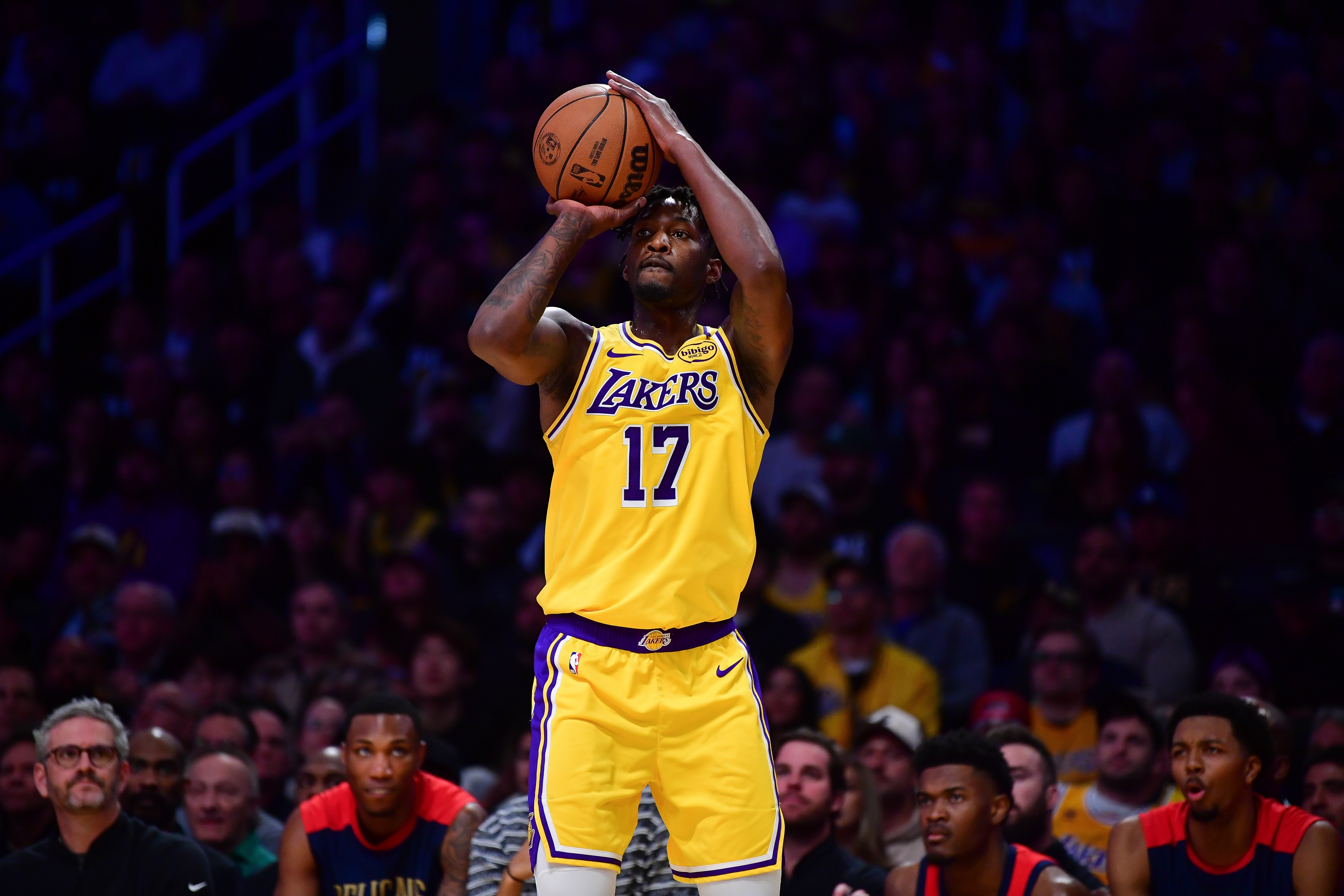
Because Finney Smith lacks real ability to hold the ball, his ability to open up space, run and hit shots makes him a valuable player. Finney Smith shot 42.9% and 43.5% from three-pointers in two corners, and 39.9% from the top of the arc. When opponents take joint defense — like the Lakers did against the Rockets — the Rockets will no longer have to barely attack this season because they know there are quality shooters on the outside.
The Rockets now have a rich talent pool, so Uduka's lineup matching in the game may even be more effective than his starting and closing roster. If Thompson and Clint Capela perform pick-and-roll tactics, the latter's vertical restraint will force the opponent's inside players to assist in defense, thus temporarily leaving Finney Smith in the bottom corner. Thompson must have sent passes similar to half-courts to his teammates in the past.
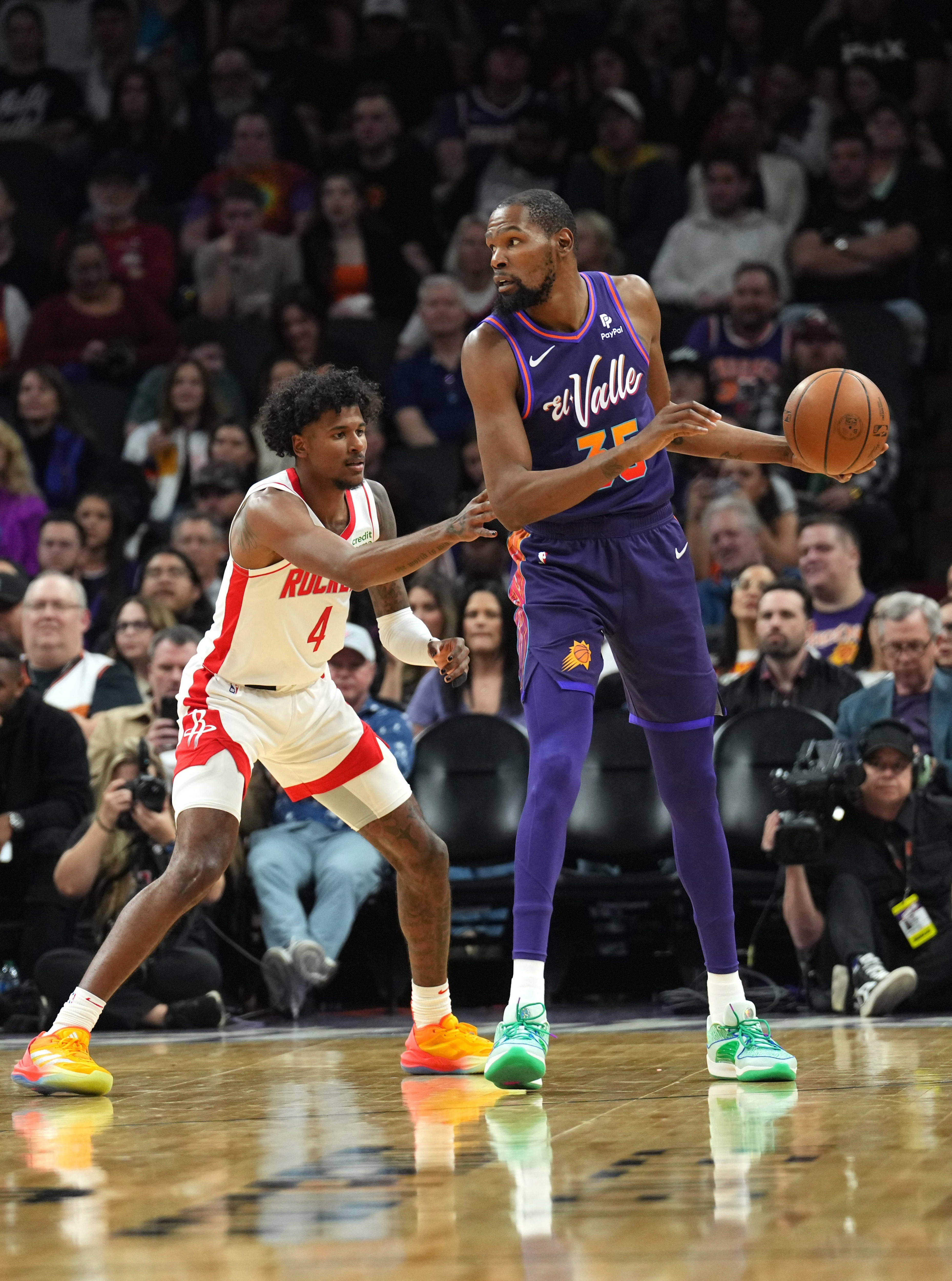
As the Rockets turn their goals for next season to compete for the championship, the team's new players should be given a period of adaptation. But if the Rockets can maintain their defensive strength, then introducing two real space players, Durant and Finney Smith, should be able to solve their half-court offense once and for all.
Author: Kelly Iko
Translator: GWayNe
Online H5 GamesRelated Posts
Returning to Yincheng was booed! Turner: Ten years of blood, sweat and sacrifice and still having to endure countless scorns
BasketballThe Bucks narrowly defeated the Pacers 117-115 in an away game. This is the first time Turner returned to Indiana to face his old club after joining the Bucks. From the beginning to the end of the game, Pacers fans have been booing him. After the ga...
moreMazzula: The team’s center’s covering skills must continue to improve. This is a skill that needs to be polished every day.
BasketballIn the NBA regular season, the Celtics lost to the Jazz at home 103-105. After the game, coach Mazzula was interviewed. When asked about the level of the team's center's ability to play an active role as a screener, Mazzula said: "They...
morePerfect play! Jokic scored 15 points, 5 assists and 0 turnovers in a single quarter, the first center to achieve this achievement
BasketballIn the NBA regular season, the Nuggets led the Kings 39-30 in the first quarter. In the first quarter of the game, Nuggets star Jokic performed well. He scored in double figures and also connected well. In 12 minutes, he made 6 of 11 shots, 2 of 5 t...
more
Hot Posts
- Players Union Vice Chairman CJ was sent to Washington? Netizen: This is the final destination of corrupt politicians
- Stay 🔥Shams: Zhuang Shen chose to execute the 5 million player option next season!
- The Warriors season events🧐Curry s three-point miracle is no one and 🤯 The plot is ups and downs and never won the Western Conference Finals
- ESPN reporter ridiculed James for "putting some Hennessy on him to cure his illness" 😭The bald female host couldn t laugh or cry
- Celtics official thanks to Cornet: Forever Celtics Champion Thank you for everything you do
- Earl Clark: I think Irving is misunderstood. He likes to do things at his own pace 😎
- Nuggets coach: The Gordon you got to know in the interview is the real him. People like this are hard to find.
- How many points should I give? Hawks get Pozin& Walker& Kennard loses Nances& Capela
- Team story talks about the starting lineup of the Celtics: Brown & White & Prichard The other two depend on the coach s tactics
- Reeves uses the buzzer-beater to promote new sneakers: AR3 sunset color will be launched on November 1
Recent Posts
-
Yang Yi: I guess it’s Zhan Hei who makes Lao Zhan’s commercials. The one who deserves the most credit is his die-hard loyalist. I’m really afraid that he will retire.
-
Doncic comes back to steal your limelight? Reeves joked: He might be a little better than me!
-
Last season, he averaged 4.2 points per game! Team Note: The Celtics and Wendel Moore Jr. Signed Exhibit 10 Contract
-
Meiji: The Thunder have a lot of draft picks in the next few years, but they have no interest in Antetokounmpo
-
Still doesn’t work! Bill scored only 5 points, 2 of 5, 1 rebound, 1 steal and 4 fouls.
-
Jefferson: The Bucks are really great to introduce Turner. Antetokounmpo needs a center that can pull space and defend &
-
ah? 2K26 Kumingga s IQ value is the third highest in the team, and draws Curry
-
Curry social media posted a large wave of pictures of China travel & videos: The energy here is incredible
-
Tatum recommends Chet s video of peeking at the beauty! Halliburton comments: Look at the edge?
-
The remaining Lakers led the Mavericks by 13 points at halftime. Vincent had 5 three-pointers in the first quarter and 26 points at halftime. Hachimura had 15 points.